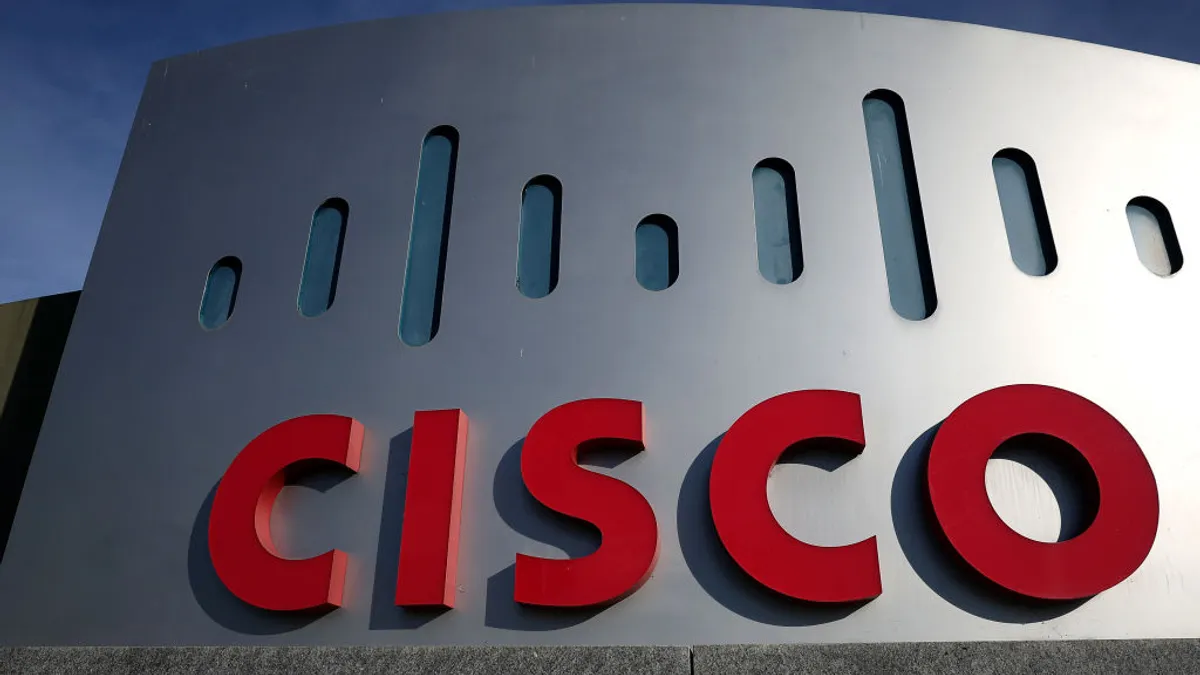There’s a widespread misunderstanding of the role and function of CX in businesses. This leaves blind spots that we must address to enhance CX across the board. That’s particularly the case among departments that don’t interact directly with customers, such as IT, HR and supply chain management. Yet their roles are still pivotal in shaping customer experience. For example, if new hires aren’t adequately onboarded and trained — a responsibility that typically falls to HR — they’re unlikely to positively affect CX.
It’s time for leaders to think bigger about CX and to see it as more than just customer service or a product-quality problem. It’s about delving deep into the inner workings of your business and how they affect — either directly or indirectly — the experience your customers have. These blind spots are often hidden in plain sight and differ for every industry and organization. Once you’ve identified those blind spots, you can turn them into opportunities.
Who’s really responsible for customer experience?
One of the most common myths about CX is that it’s a front-line game. In today’s interconnected world, virtually everything that goes on in your company has either a direct or indirect effect on CX. From IT to HR and even logistics managing the supply chain, everyone has a role to play when it comes to CX. However, if they’re unaware of their effect on CX, you have a blind spot.
Almost all, 93%, of surveyed leaders have at least three CX gaps within their organization, according to a Stellar Elements survey conducted last year.
“Delivering exceptional customer experiences demands full commitment and considerable effort, challenges many organizations find daunting. But it’s not a task you can afford to approach halfheartedly. Everyone has to be on board,” said Bob Skubic, Stellar Elements' design principal.
It’s not about pointing fingers but about teaming together and understanding that every department is just another piece of the puzzle. It’s only when these pieces come together that the big picture emerges — a seamless, engaging CX that feels as effortless as it is unified.
For those pieces to come together, it’s vital that the entire organization is aligned, hence the need for a companywide, customer-first culture.
Consider the complex web of interactions in a single customer journey, in which different metrics and objectives govern each and every touch point. “Can you assign a metric you care about to a single team?” asked Nick Vrana, global director of AI platforms at Stellar Elements. “For example, a support site has metrics, and a call center has metrics, but do you have a single person who’s responsible for deflecting a call from the call center and who can also drive improvements in the support site? How big is the gap between what your organization knows about your customer and the actual customer’s reality?”
Leveling up CX requires a high level of coordination among roles and departments. There’s often a disconnect between how an organization perceives customer needs versus the reality they uncovered through direct research, such as via customer feedback. “Customer feedback helps you measure your knowledge gap, which is a key aspect of identifying CX blind spots,” Vrana said. “It’s not just about collecting data, but truly understanding it and then turning those insights into action.”
Organizations will be better prepared by building a culture where every team is empowered and incentivized to contribute to the customer’s experience. They’ll be able to identify and rectify those blind spots, close the gaps and make every interaction a step toward a more cohesive and rewarding customer experience.
Identifying CX blind spots starts with breaking down the silos
To tackle CX blind spots, you first need to address your silos. Think of these as old, dusty corners of a company where outdated technologies and misinformed unilateral decisions linger, preventing you from getting a holistic view of the customer. “A key thing to remember about CX blind spots is that, unless you’re running a brand-new startup, they’re inevitable,” Vrana said. “Blind spots are the result of trade-offs you made earlier on that are constraining you now. Do you make the big changes your business needs to address those blind spots, or do you build a more strategic, long-term process that avoids you having to make those trade-offs in the future.” In other words, breaking down the silos ultimately requires moving past the Band-Aid approach to committing to strategic solutions that hit the mark in the longer term.
Every business that’s been around for any length of time faces a growing risk of silos forming between functions. And, when those silos form, more and more CX blind spots emerge, and CX debt increases. To stop that from happening — or to break down existing silos — business leaders need to form a united front. The goal is to have every team, from HR to IT and every department in between, pull together toward an overarching goal — to deliver the ideal customer experience. Only that way can companies align their technology, processes and people with what customers truly want and need.
In short, breaking down those silos isn’t just about more constructive chats over coffee or creating more internal committees — it’s about reshaping the entire approach by putting customers at the heart of everything you do. That way, you can turn your CX blind spots into opportunities that drive innovation, growth and deeper customer connections.










